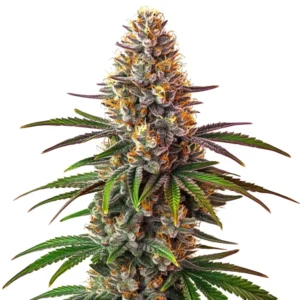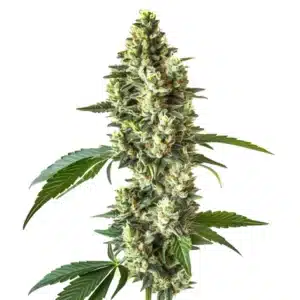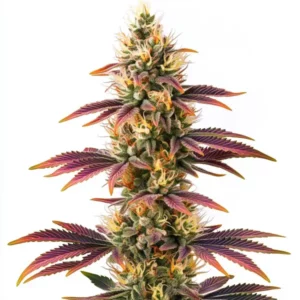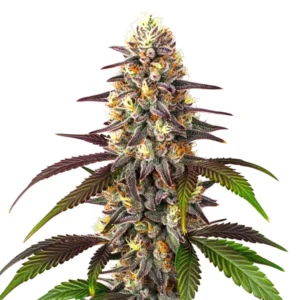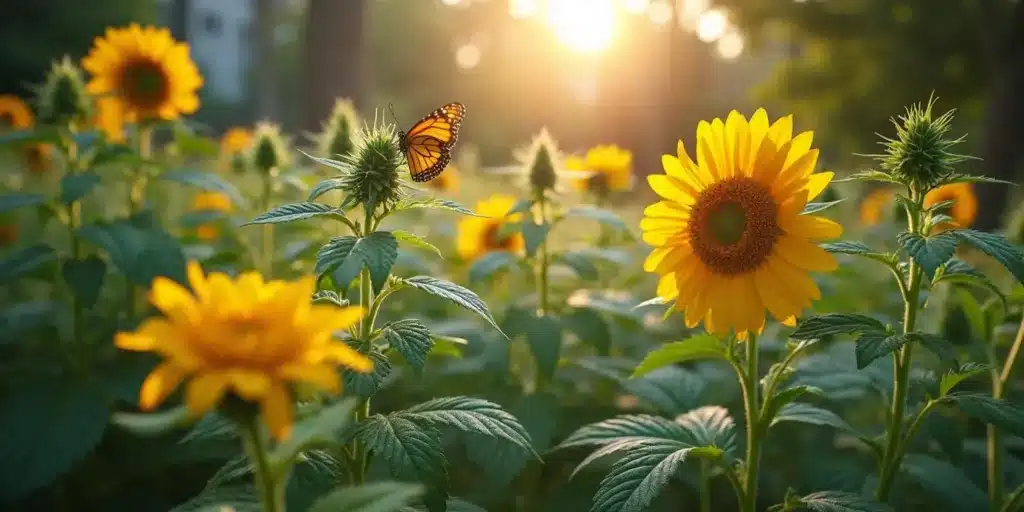
Outdoor Plants Flowering Too Early
Cultivating outdoor plants can be a true joy. However, when your beloved plants flower too early, it can lead to feelings of confusion and concern. This issue isn’t just a minor nuisance; it’s a common challenge that many growers face, from beginners to seasoned experts. Understanding the reasons behind premature flowering is key to keeping your garden healthy and thriving.
We will dive deep into the various factors that can trigger early flowering in your outdoor plants. We’ll explore the environmental elements that influence this process and share practical tips on how to address the situation effectively, ensuring your plants flourish as intended.
Recommended Strains
Cereal Milk
|
|
THC | 23% - 25% (High) |
|
|
Type | Feminized |
|
|
Yield | Medium |
|
|
Phenotype | 50% Indica / 50% Sativa |
RS11 x Cereal Milk
|
|
THC | 20% - 25% (Medium) |
|
|
Type | Feminized |
|
|
Yield | Medium |
|
|
Phenotype | 45% Indica / 55% Sativa |
Factors Contributing to Early Flowering
When it comes to early flowering, it’s critical to evaluate both environmental and biological factors that may be at play. Take a step back and consider the numerous external influences that could be prompting your plants to enter the flowering stage prematurely.
Identifying these factors and making any necessary adjustments can help you maintain a healthy growing environment. Let’s explore these contributors in detail, so you can gain a better understanding of how to manage them.
Light Cycle Disruption
Your plants depend on light cycles to regulate their growth stages. Most plants, including well-loved varieties, will stay in the vegetative state until they receive natural signals that it’s time to flower. This occurs primarily through the reduction of daylight hours. If your plants are inconsistently exposed to light, whether from artificial sources or surrounding reflective surfaces, it can create confusion and trigger early flowering.
- Assess your surroundings for nearby streetlights or security lights that might impact your plants’ light exposure.
- If your plants are in an area with unanticipated light sources, consider using covers or moving them to a more suitable location.
- Regularly monitor the changes in natural light exposure throughout the different seasons to help anticipate any potential disruptions.
Think about it, if you’re growing your plants in a spot with unusual light conditions, they might react in ways that leave you scratching your head. Lighting around campsites, tall buildings, or shiny surfaces can unwittingly interfere with your plants’ natural rhythms and reproductive cycles.
To help mitigate this issue, be proactive. Keep an eye on how much daylight your plants receive and make adjustments as necessary. Consider your local environment, and perhaps even reposition your plants to provide them with that sought-after dark period they need.
Temperature Fluctuations
Temperature is another crucial factor in determining plant health and flowering cycles. Cannabis, for instance, thrives within a specific temperature range. An abrupt change in temperature, whether it’s a heatwave or a sudden cold snap, can stress your plants and prompt them to flower prematurely. Understanding the ideal temperature range for the particular variety you’re growing can help you maintain a stable environment.
- Stay informed on local weather forecasts to anticipate any shifts in temperature.
- During extremely hot conditions, consider providing natural shade to help regulate temperature and reduce stress.
- Utilize mulch or ground cover to offer insulation for the roots during colder nights.
For example, if you experience a significant drop in temperature at night following a hot day, your plants might interpret this as a signal to flower sooner than you’d prefer. This is especially critical during transitional seasons when daytime warmth doesn’t align with chilly nights.
In essence, monitoring temperature changes and understanding their impacts on your plants can make a world of difference. Providing a more stable environment can help your plants stick to their flowering schedule, reducing the risk of premature blooming.
Promos & Deals
Genetic Factors in Flowering Times
As much as environmental factors play a significant role, genetic makeup shouldn’t be overlooked. Different strains of cannabis and other plants exhibit a wide range of flowering times and conditions. Some varieties are bred to adapt swiftly to their environments, causing them to flower at different stages. A particular strain producing flowers earlier than expected may simply be a reflection of its genetic background.
Understanding the genetic traits of the plants you’re cultivating can provide insight into their behavior. For instance, some plants may have been bred for quicker flowering in response to certain conditions, making them particularly sensitive to environmental factors.
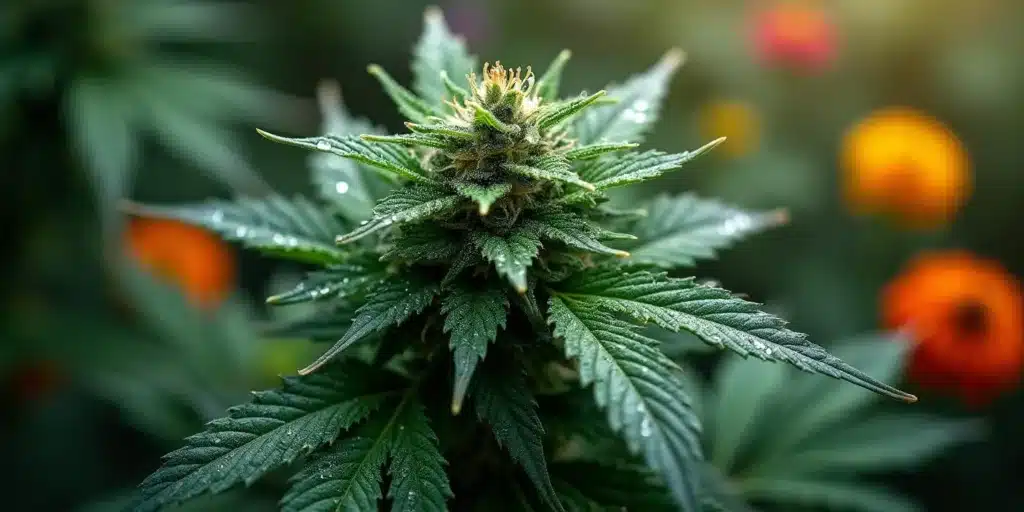
Choosing the Right Strain
Selecting a strain ideal for your specific climate can make all the difference in your outdoor growing successes. For example, strains such as Blue Dream, Critical Mass, and White Widow each come with unique breeding backgrounds that grant them specific traits tied to flowering times. Familiarizing yourself with the detailed characteristics of each strain can help immensely in your growing journey.
- Blue Dream: Known for its balanced effects, this adaptable strain is popular among growers for its resilience.
- Critical Mass: Praised for its robustness and high yields, this variety can weather fluctuations better than many others.
- White Widow: This energetic strain is celebrated for its strength, but can quickly flower when stressed.
If you consistently grapple with early flowering, it may be worthwhile to experiment with various strains known for their adaptability and resilience in your specific climate. The right strain can lead to more rewarding outcomes in your cultivation efforts.
Ultimately, understanding these genetic factors can empower you to make informed decisions that positively impact your growing experience. By choosing strains suited to your environment, you not only minimize premature flowering but also set your plants up for a successful growth cycle.
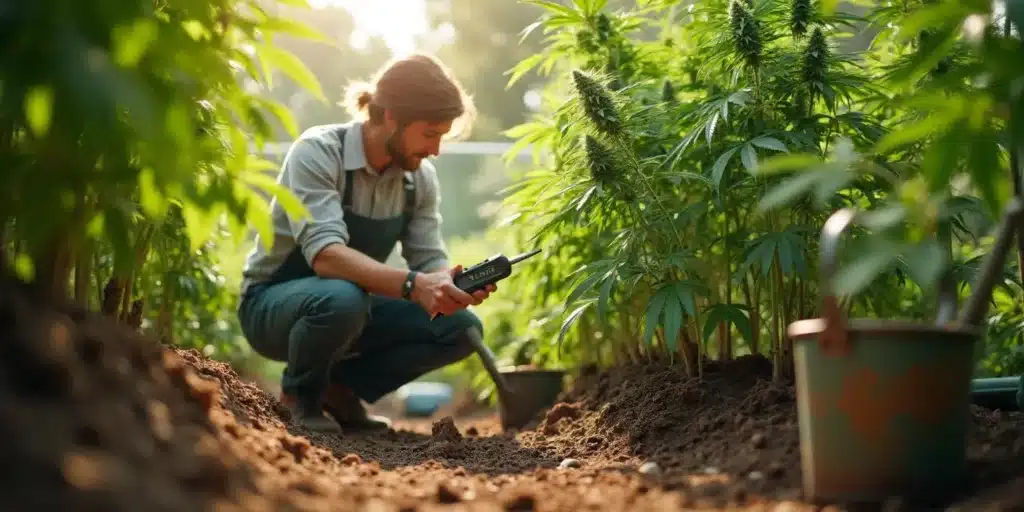
Stress Factors Affecting Plants
Stress can significantly impact the health and flowering timelines of cannabis plants. Various stressors, ranging from inconsistent water supply to unanticipated pest infestations, can trigger a survival response in plants. When a plant experiences stress, its instinct may be to reproduce quickly by flowering earlier than usual.
- Maintain consistent watering practices to prevent plant stress related to underwatering or overwatering.
- Regularly inspect your plants for signs of pests and take necessary preventive measures to combat infestations.
- Handle your plants gently to minimize the risk of physical injury.
For instance, if you have fallen behind on your watering schedule, your plants may attempt to accelerate flowering as a last-ditch effort to produce seeds and propagate themselves before their condition worsens. By being mindful of stress factors, you can better nurture your plants and keep them on track.
Providing a stable and nurturing environment will help your plants flourish without undue stress. Consider every aspect that might affect their health, from watering to care practices, and adjust them as needed to help mitigate the chances of early flowering.
How to Manage Early Flowering
Facing the challenge of early flowering might feel daunting, but there are steps you can take to effectively manage the situation. With a proactive mindset, you can maximize your yields and ensure the success of your plants.
Let’s explore some strategies that can help you create an environment conducive to optimal growth and mitigate the chances of your plants blooming prematurely.
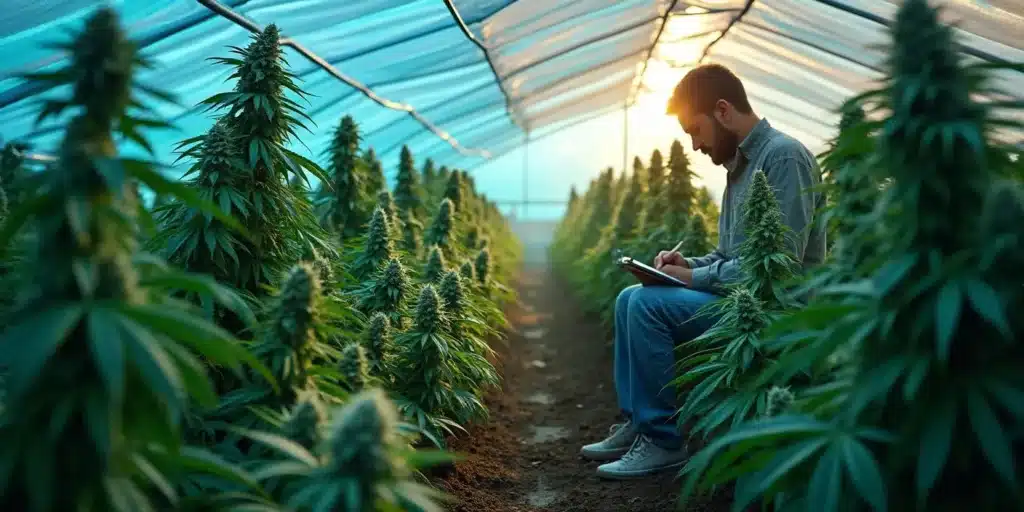
Adjusting the Environment
One of the most crucial steps in regulating early flowering is creating an optimal environment for your plants. If light cycles or temperatures are causing issues, corrective actions can significantly help. This could involve relocating plants to shield them from excess light or using shade structures during hot spells.
- Regularly monitor light exposure to identify sudden changes, and adjust as necessary to maintain a consistent cycle.
- Implement barriers or use plant covers to guard against harsh sunlight that could disrupt growth patterns.
- Choose planting locations that provide protection from abrupt temperature fluctuations.
By proactively addressing these environmental factors, you can lower the risk of early flowering, creating a more stable and nurturing atmosphere for your plants. Remember, consistency is key when it comes to maintaining health in your outdoor garden.
Taking the time to address these environmental elements will pay dividends in the long run. Continually check in on your plants and their conditions, adjusting based on their needs, to foster a flourishing, resilient garden.
Regular Plant Care
Establishing a solid care routine for your plants stands as one of the most effective measures to prevent premature flowering. Ensuring your plants receive adequate watering, nutrition, and pest management lays the groundwork for healthy growth. Plants in good health are less susceptible to stresses that trigger early flowering.
- Develop a watering schedule based on the specific needs of your plants and their growing environment.
- Utilize nutrients that are balanced and tailored for the growth stage your plants are currently in.
- Conduct weekly inspections of your plants to catch early signs of pests, disease, or other stresses.
Taking the time to diligently care for your plants can make a remarkable difference in their overall health and flowering cycles. This attention fosters a better understanding of their individual needs, enabling you to act swiftly when issues arise.
Regular plant care not only enhances health but strengthens your relationship with your garden. Witnessing the progress and well-being of your plants contributes to a fulfilling gardening experience, further motivating you to keep your plants in peak condition.
Frequently Asked Questions
Why are my outdoor plants flowering earlier than expected?
Outdoor plants may flower earlier than anticipated due to a variety of factors, including disrupted light cycles, temperature stress, or unsuitable conditions specifically related to the strains you’re cultivating. By ensuring that your plants reside in an optimal environment, you significantly reduce the chances of early flowering.
What can I do to avoid early flowering in my cannabis plants?
To prevent early flowering, focus on creating a stable growing environment. Pay close attention to light exposure to ensure that your plants receive the right balance of light and darkness. Additionally, managing temperature and providing support in the form of shade or wind protection can greatly reduce stress. Researching strains that are better suited for your specific climate can also contribute to favorable outcomes.
Can stress cause my plants to flower too early?
Yes, stress can indeed trigger early flowering. Various stressors, such as physical damage, pest attacks, or inconsistent watering practices, can induce stress responses in your plants. It’s vital to regularly inspect your plants and address any issues promptly to maintain their overall health and prevent premature flowering.
Are there specific strains I should consider for outdoor growing?
Choosing the right strain is crucial for successful outdoor growing. Varieties such as Blue Dream, Critical Mass, and White Widow are well-regarded for their resilience and adaptability to changing conditions. By researching and selecting strains compatible with your climate, you can help steer clear of early flowering issues while maximizing your growing potential.




